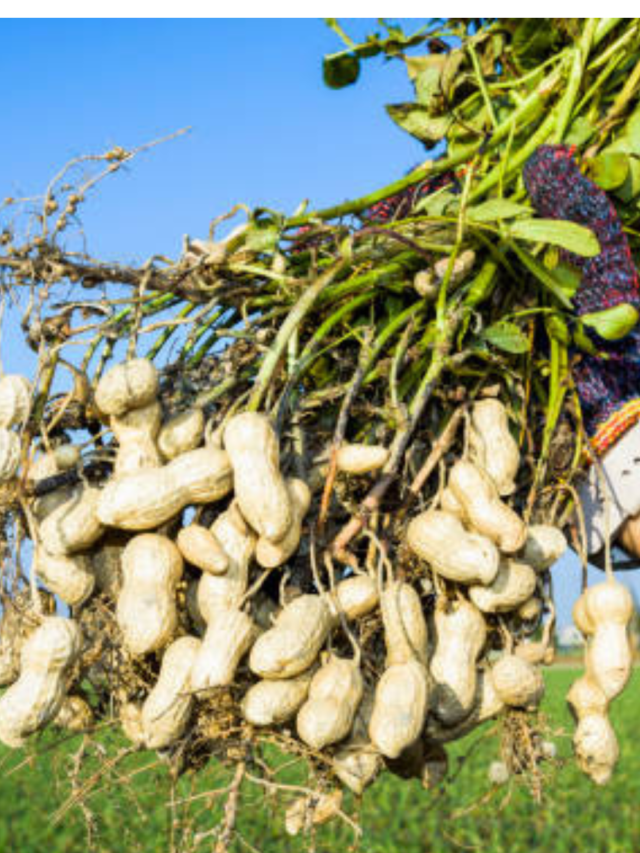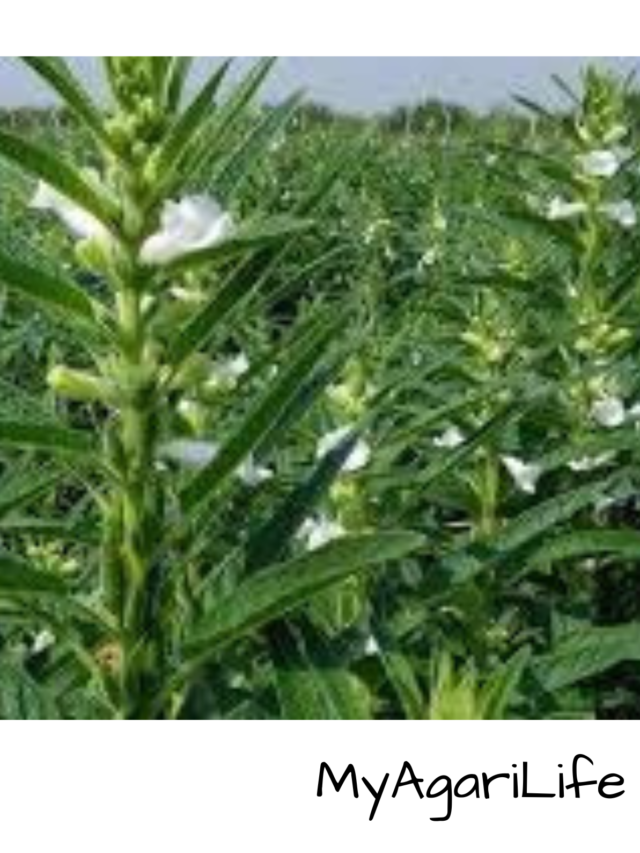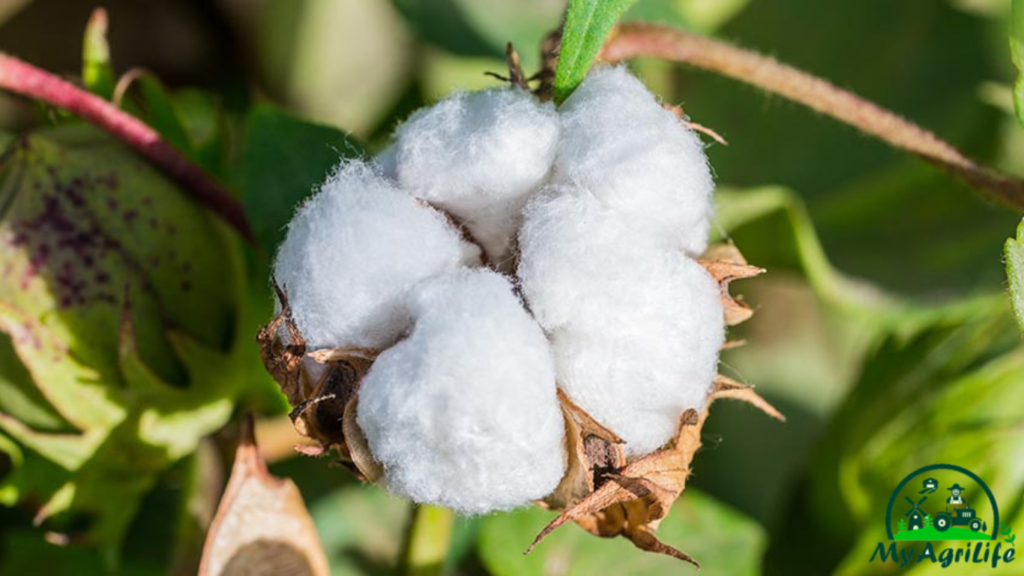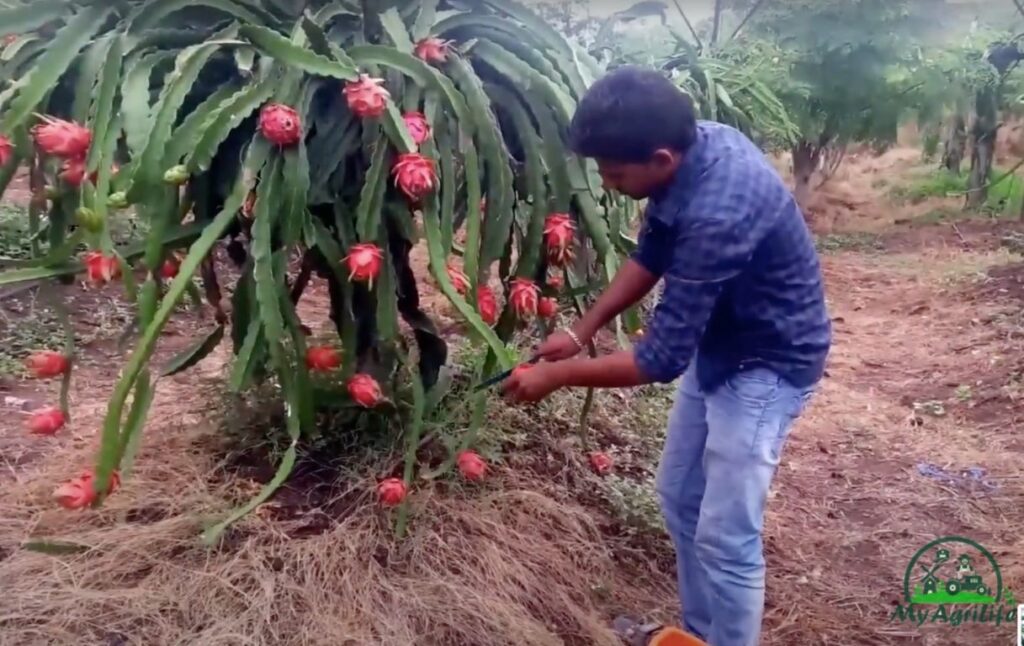
Carrot (गाजर in Hindi) is a root vegetable that is commonly eaten all over the world. It is a member of the Apiaceae family and is scientifically known as Daucus carota.
Carrots are usually orange in color, although they can also be found in other colors such as red, yellow, purple, and white. They are an excellent source of vitamins, minerals, and dietary fiber. Carrots are especially rich in beta-carotene, which is converted to vitamin A in the body.
Carrots can be eaten raw or cooked, and are often used in a variety of dishes such as salads, soups, stews, and stir-fries. They can also be juiced to make a healthy and refreshing drink. In addition to their nutritional value, carrots have several health benefits such as improving vision, boosting immunity, and promoting skin health.
Seed Specification Carrot
The seed specification for carrot can vary depending on the variety and the intended use of the seeds. Here are some general specifications for carrot seeds:

1.Seed size: Carrot seeds are generally small and can range in size from 1-3 mm in diameter.
2.Germination rate: Carrot seeds typically have a germination rate of around 80-90%, although this can vary depending on the quality of the seeds and the growing conditions.
3.Seedling vigor: Carrot seedlings are slow to emerge and can take up to 2-3 weeks to germinate. Once they emerge, they have a slow growth rate and require careful management to prevent weed competition.
4.Seed spacing: Carrot seeds should be planted at a depth of around 1/4 inch (6 mm) and spaced approximately 2-3 inches (5-8 cm) apart in rows that are 12-18 inches (30-45 cm) apart.
5.Seed purity: High-quality carrot seeds should be free of other crop and weed seeds, and have a low percentage of empty and damaged seeds.
6.Seed treatment: Some carrot seeds are treated with fungicides or other chemicals to protect them from disease and pests. However, organic and untreated seeds are also available.
7.Seed storage: Carrot seeds should be stored in a cool, dry place and used within 2-3 years for best germination results.
Land Preparation

Carrots prefer loose, well-draining soil that is rich in organic matter. Before planting, it is important to prepare the soil by removing any weeds, rocks, and other debris that may hinder growth. This can be done by tilling or digging the soil to a depth of at least 6-8 inches (15-20 cm), and then adding organic matter such as compost, aged manure, or leaf mold to improve soil structure and fertility.
Soil Health
Healthy soil is essential for the growth of healthy carrots. Here are some factors to consider for maintaining soil health:

1.Soil pH: Carrots grow best in soil with a pH between 6.0 and 6.8. Soil pH can be adjusted by adding lime to raise pH or sulfur to lower pH.
2.Soil fertility: Carrots require adequate levels of nitrogen, phosphorus, and potassium for growth. Organic matter such as compost or aged manure can be added to the soil to provide these nutrients, or a balanced fertilizer can be used.
3.Soil structure: Carrots require loose, well-draining soil for optimal growth. Soil structure can be improved by adding organic matter, tilling the soil, and avoiding compaction.
4.Soil moisture: Carrots require consistent soil moisture, but not waterlogged conditions. The soil should be kept evenly moist, but not saturated, throughout the growing season.
5.Crop rotation: Carrots should be rotated with other crops to avoid soil-borne diseases and pests. It is recommended to wait at least three years before planting carrots in the same area again.
By maintaining soil health through proper land preparation and management practices, growers can help ensure a successful carrot crop with high yields and good quality.
Crop Spray for Carrots
Carrots are susceptible to several pests and diseases, which can be managed through regular crop sprays. Here are some common crop sprays used for carrots:

1.Insecticides: To control pests such as aphids, carrot rust fly, and wireworms, insecticides such as neem oil, pyrethrins, or spinosad can be used.
2.Fungicides: To control fungal diseases such as powdery mildew, damping-off, and root rot, fungicides such as copper sulfate or sulfur can be used.
3.Herbicides: To control weeds, herbicides such as glyphosate or 2,4-D can be used. However, care should be taken to avoid damage to the carrot plants.
It is important to follow the instructions on the label when applying crop sprays, and to use protective equipment such as gloves and masks when handling chemicals.
Fertilizer Specification for Carrots
Carrots require adequate levels of nutrients for optimal growth and yield. Here are some common fertilizer specifications for carrots:

1.Nitrogen (N): Carrots require moderate levels of nitrogen for vegetative growth, but too much nitrogen can result in excessive foliage growth and reduced root development. A balanced fertilizer with an NPK ratio of 5-10-10 is recommended for carrots.
2.Phosphorus (P): Carrots require high levels of phosphorus for root development. A fertilizer with a higher P content, such as 10-20-10, can be used to promote root growth.
3.Potassium (K): Carrots require moderate levels of potassium for overall plant health and stress tolerance. A balanced fertilizer with an NPK ratio of 5-10-10 or 10-10-10 is recommended for carrots.
4.Micronutrients: Carrots require trace amounts of micronutrients such as boron, copper, and zinc for optimal growth. A fertilizer that includes micronutrients can be used to ensure adequate levels.
It is important to follow the manufacturer’s instructions when applying fertilizer, and to avoid over-fertilization, which can result in nutrient runoff and environmental pollution. Additionally, a soil test can be conducted to determine the specific nutrient requirements for your soil and crop.
Weeding for Carrots
Weeds can compete with carrots for water, nutrients, and sunlight, and can reduce crop yield and quality. To manage weeds in a carrot crop, here are some recommended practices:

1.Hand weeding: Hand weeding is an effective method for managing weeds in small-scale carrot production. This involves manually removing weeds by hand or using a hoe.
2.Mulching: Mulching with organic materials such as straw, leaves, or grass clippings can help suppress weed growth around carrot plants.
3.Crop rotation: Rotating crops can help reduce weed pressure by interrupting the life cycles of weed species that are specific to carrots.
4.Pre-emergent herbicides: Pre-emergent herbicides can be applied before carrot seeds germinate to prevent weed growth. Care should be taken to use herbicides that are labeled for use on carrots and to follow the instructions on the label.
Irrigation for Carrots
Carrots require consistent soil moisture for optimal growth and yield. Here are some recommended practices for irrigating carrot crops:

1.Drip irrigation: Drip irrigation is the most efficient method for irrigating carrots. This involves applying water directly to the soil around the plant roots, minimizing water loss through evaporation and runoff.
2.Furrow irrigation: Furrow irrigation involves creating furrows between carrot rows and filling them with water. This method can be effective for larger-scale carrot production, but may result in water loss through runoff.
3.Overhead irrigation: Overhead irrigation involves spraying water over the carrot plants using sprinklers. While this method can be effective for supplying water to the entire crop, it may result in water loss through evaporation and runoff.
4.Timing: Carrots should be irrigated regularly to maintain consistent soil moisture throughout the growing season. Care should be taken to avoid overwatering, which can lead to waterlogged soil and root rot. A general rule of thumb is to irrigate when the top inch (2.5 cm) of soil feels dry to the touch.
Harvesting for Carrots
Carrots are typically ready for harvest 60-80 days after planting, depending on the variety and growing conditions. Here are some recommended practices for harvesting carrots:

1.Timing: Carrots should be harvested when they reach their mature size, which varies depending on the variety. Generally, carrots are ready for harvest when they are 1-2 inches (2.5-5 cm) in diameter and 6-8 inches (15-20 cm) long.
2.Digging: Carrots should be carefully dug up from the soil using a garden fork or spade to avoid damaging the roots.
3.Trimming: After harvesting, the green tops of the carrots should be trimmed off to reduce moisture loss and extend storage life.
4.Sorting: Carrots should be sorted based on size and quality to ensure uniformity and marketability.
Storage for Carrots
Proper storage can help extend the shelf life of carrots and maintain their quality. Here are some recommended practices for storing carrots:

1.Temperature: Carrots should be stored at a temperature between 32-40°F (0-4°C), which can be achieved in a refrigerator or a root cellar.
2.Humidity: Carrots should be stored in a humid environment to prevent them from drying out. A humidity level of 95% can be achieved by storing carrots in perforated plastic bags or in a damp cloth.
3.Ventilation: Carrots require good ventilation to prevent the buildup of moisture, which can lead to decay. Storage containers should be perforated or have ventilation holes to allow for air circulation.
4.Separation: Carrots should be stored separately from fruits such as apples and pears, which produce ethylene gas that can cause carrots to become bitter or woody.
By following these practices, carrots can be stored for several months, allowing for extended marketing opportunities and consumer access to fresh, high-quality carrots.
conclusion
In conclusion, carrot farming is a profitable agricultural venture that requires proper planning, management, and implementation to achieve maximum yield. It is essential to choose the right variety of carrot seeds, prepare the soil adequately, and provide the crop with adequate water, fertilizer, and pest control measures. Additionally, proper crop rotation, weeding, and irrigation techniques are crucial for successful carrot farming. The harvested carrots should be stored in proper conditions to prevent spoilage and maintain their quality. By following these guidelines, farmers can increase their chances of success and profitability in carrot farming.









